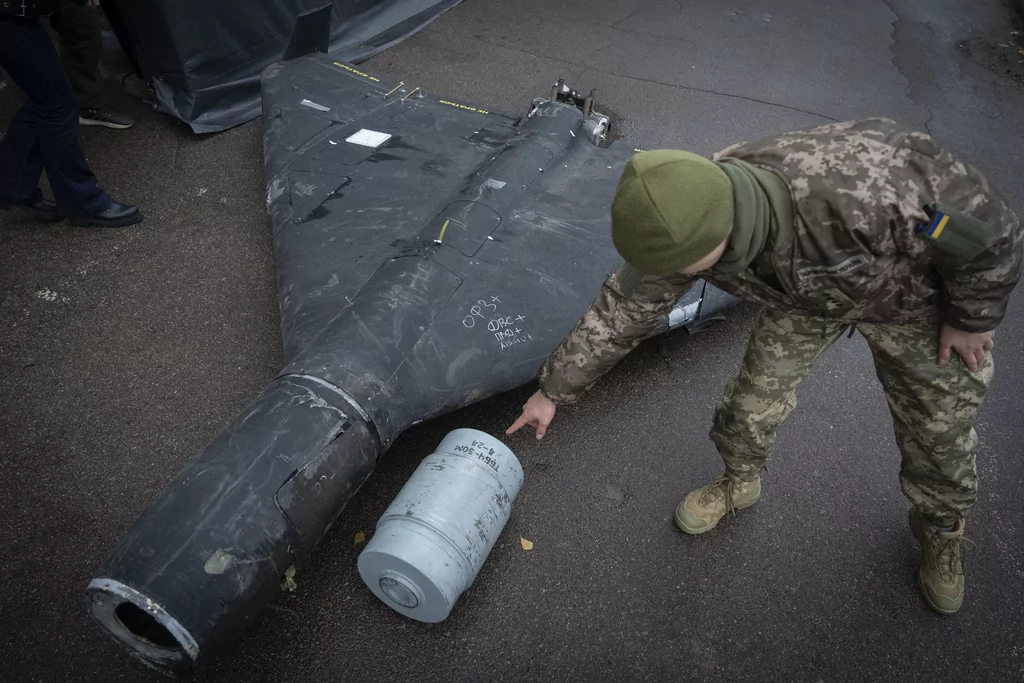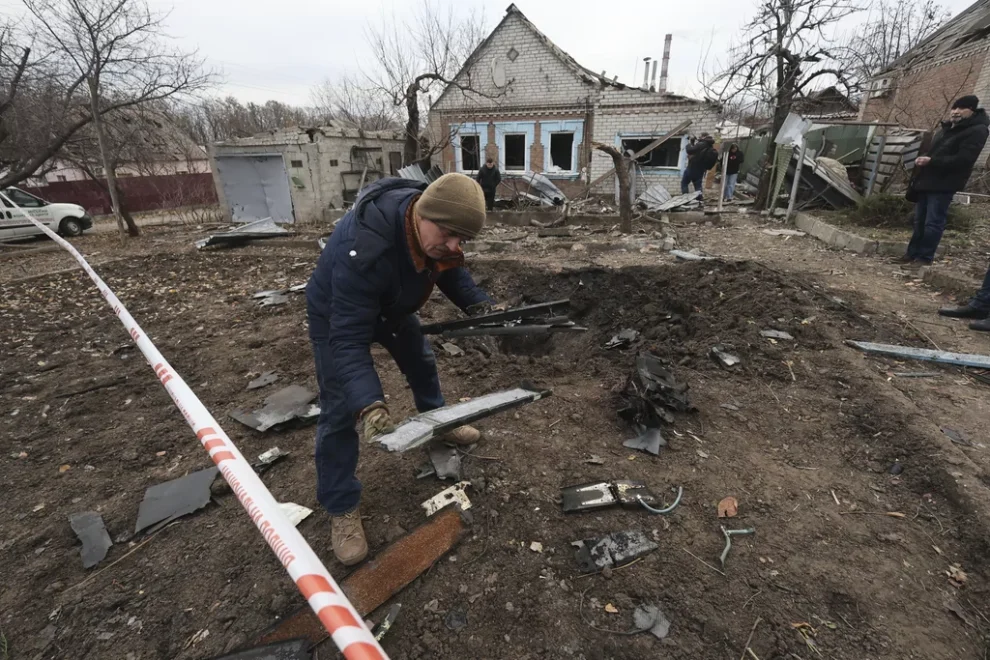Russia launched approximately 188 drones into Ukraine on Monday night — the single largest swarm of unmanned aerial vehicles deployed in the conflict.
Approximately 80 of the suicide drones were shot down by Ukrainian defenses, while another 90 reportedly disappeared from radar, possibly due to electronic disruption.
The drones that found their targets struck civilian infrastructure, including a power grid in Ternopil, where 70% of residents have now lost access to electricity and water.
“The consequences are bad because the facility was significantly affected, and this will have impact on the power supply of the entire region for a long time,” said Vyacheslav Nehoda, governor of the region.

Several residential apartments were also struck by the drone attack.
Russia routinely targets critical infrastructure and non-military resources such as energy facilities and food depots in order to intensify the danger posed by Ukraine’s severe winter. The bitter cold is dangerous enough, but a lack of power compounds the threat of civilians freezing to death.
Ukrainian President Volodymyr Zelensky released a message following the drone swarm, acknowledging that “there has been damage to our critical infrastructure, and the situation in Ternopil remains challenging.”
“All services and repair crews are on-site, doing everything to assist people and restore electricity as quickly as possible,” he assured the public.
“Suicide drones” are a weapon of choice for the Russian military. They are low-cost, highly mobile UAVs outfitted with explosives capable of being remotely piloted through complex paths before self-detonating. Decoy drones are often flown alongside suicide drones in order to complicate attempts to intercept.

Russia’s war production capacities have been stretched thin over the course of the war, and the production of suicide drones has been partially outsourced to several ally nations.
North Korean Supreme Leader Kim Jong Un has ordered his military factories to exponentially expand their production of suicide drones, believing them to be a crucial asset in modern warfare. The Korean People’s Army has shared mercenaries and weaponry with Russia for months, including drones.
Thousands of suicide drones have also been imported from Iran.
Zelensky pointed out in his Tuesday message that suicide drones still produced in Russian factories are often constructed from components bought from foreign countries, such as China, the United States, Poland, and Switzerland.
CLICK HERE TO READ MORE FROM THE WASHINGTON EXAMINER
“188 drones. Each contains 85 foreign-made components — nearly 16,000 in total, without which they could not be launched,” said Zelensky. “These attacks are possible only because of Russia’s ability to circumvent sanctions through various schemes.”
He continued, “We thank everyone worldwide who blocks such supplies, but we need greater collective efforts to enforce sanctions and force Russia to stop this war. We must put an end to Russian aggression. If you are against the war, you must truly be against Russia’s circumvention of sanctions.”
























